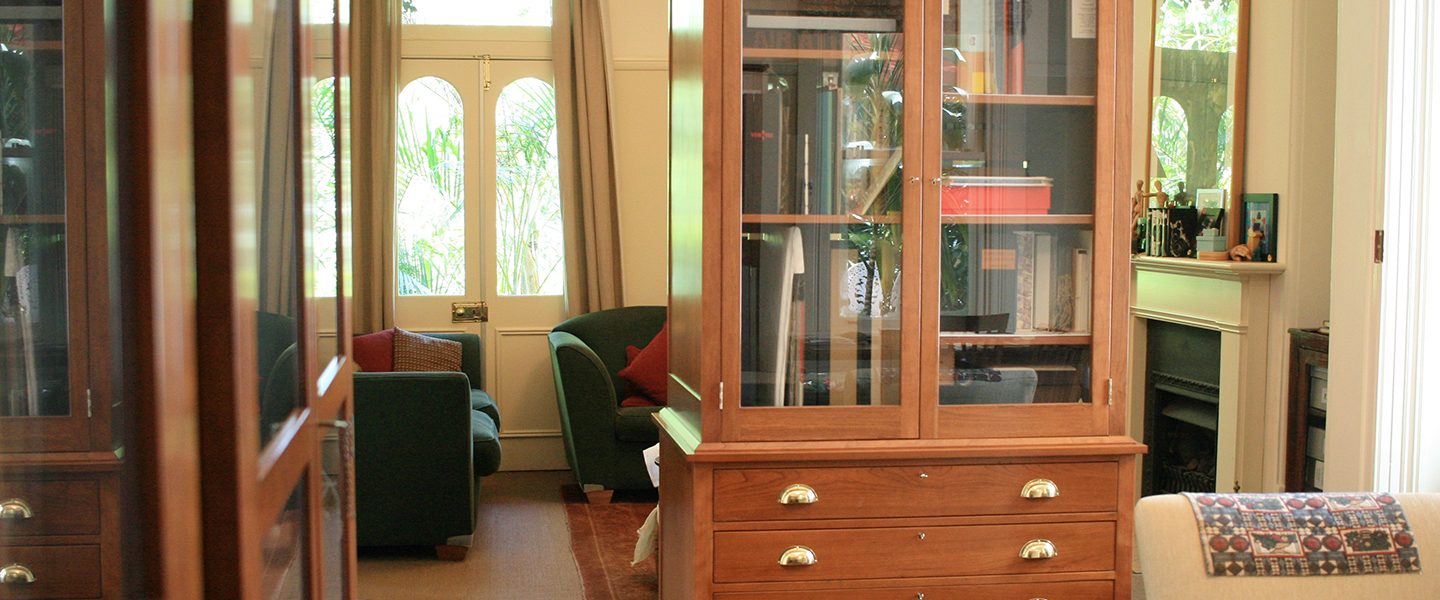What is it about a signature that draws us in? Why are we more comfortable with a single, star creator? Why do we love the idea of the genius? Do we long for simplification because we’re living in a complicated age, or are we so accustomed to things being dumbed down that we actually demand dumb? Does the single traceable signature denote an exclusiveness, a gold standard, that is worth more in commercial terms in a consumer driven society?
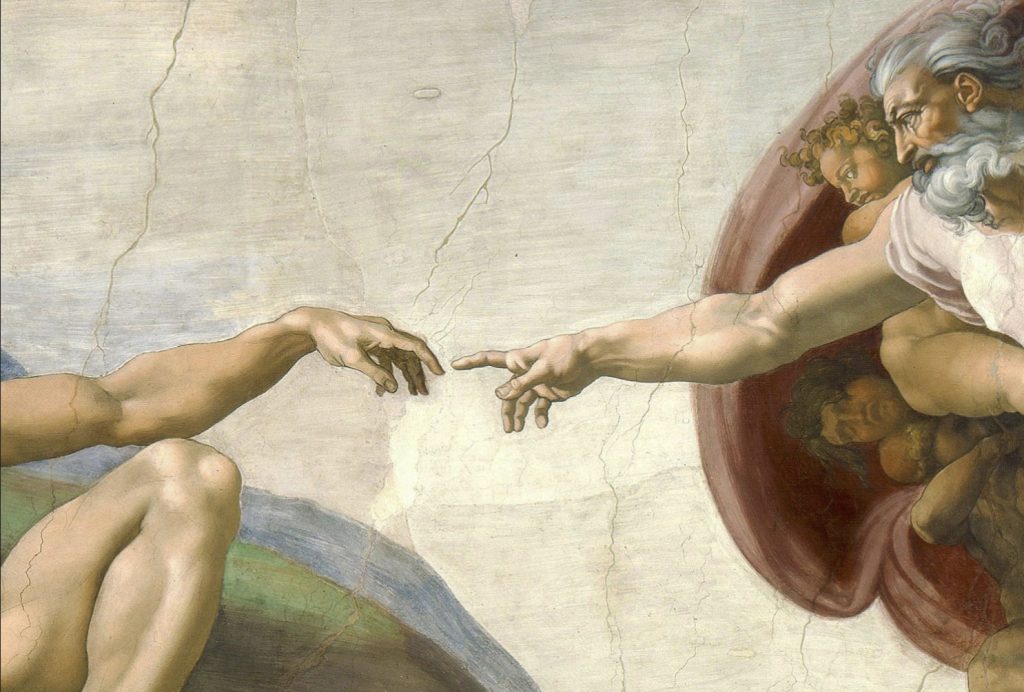
Why do we assume there’s always going to be a friction, the big egos of the genius unable to share in the creative process, and a marketing uncertainty if two of more people are acknowledged as creators—together? Who are the people likely to collaborate and break the stranglehold of the signature? And when? Or are these the wrong questions? Should we be asking, who aided and abetted in the making of this artwork, this book, this sculpture, this painting? Is there truly a work that is not a collaboration on some level?
Collaboration subverts the primacy of the signature and runs counter to the gold standard of business. There are artists who don’t admit to collaboration but whose careers nonetheless depend on it. We know why they and their agents who are professional readers of the market, choose to farm out piece work to the worker bees and why they just apply their signature at the end of the process: because they want to retain their gold standard, their signature in dollars.
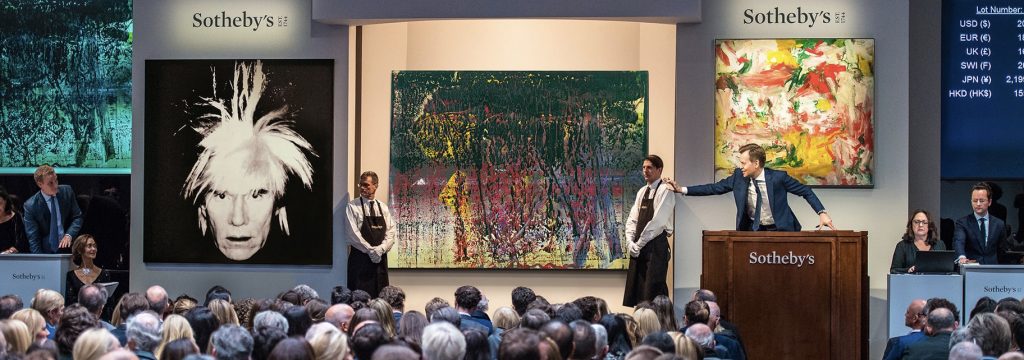
Is there something about the very nature of the book itself that facilitates collaborative ventures? No book exists on its own because there are no virgin births in the Land of Books; author, editor, designer, printer, publisher…
And one book opens onto another book—they have potential to regenerate. We can see this clearly in literature—for example Homer’s Odyssey gave birth to Joyce’s Ulysses. Joyce reaches back to Homer over centuries and through hundreds of years to literary tradition. Would Nietzsche’s Thus Spake Zarathustra exist without the Holy Bible? Would Lord of the Flies exist without Robinson Crusoe?
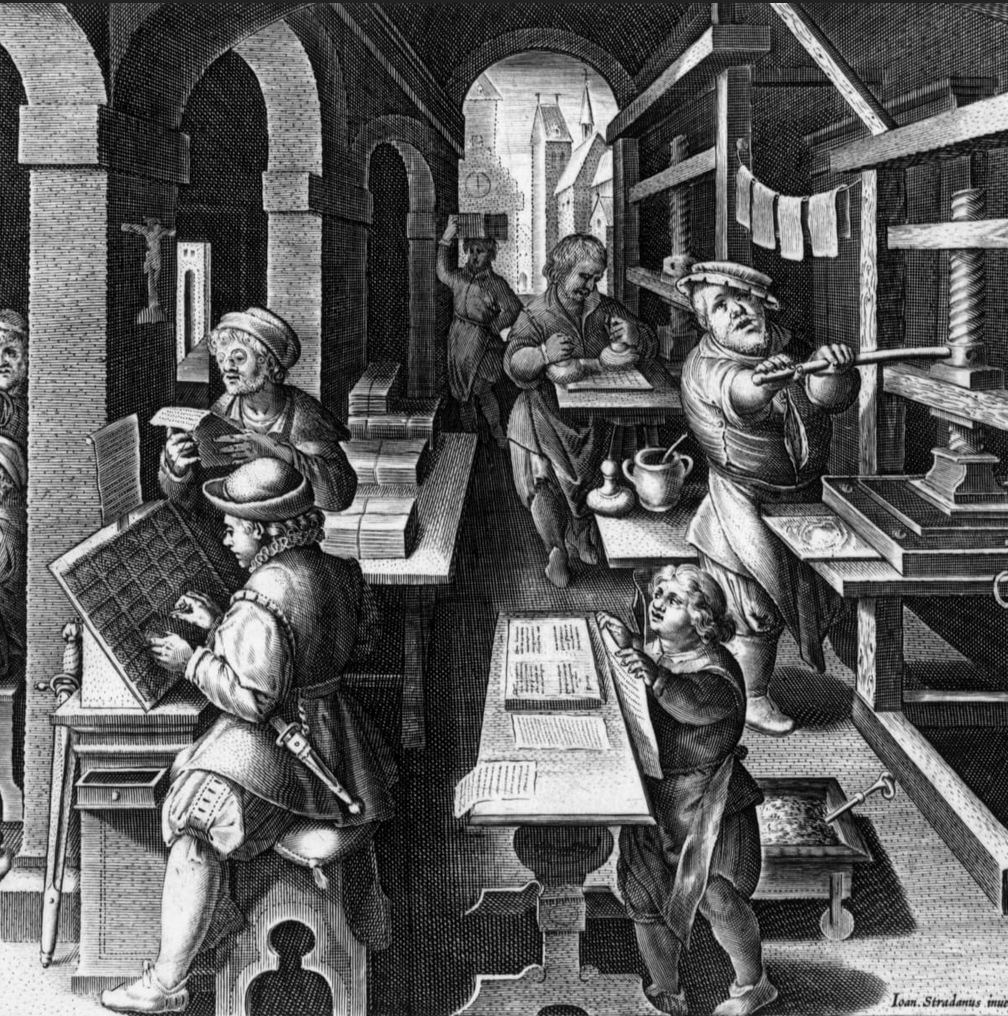
Art books are meant to look like monographs. Photobooks are meant to look like catalogues. Literature is meant to look like a novel.
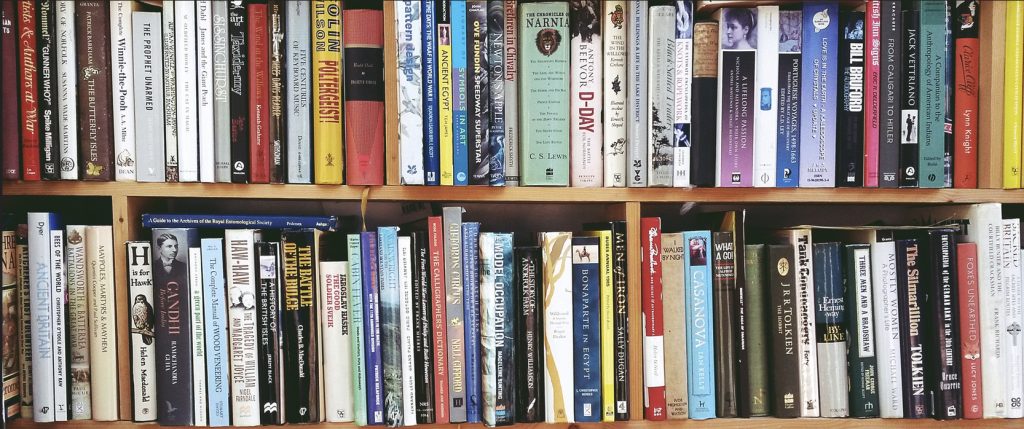
…But artists making books don’t need
a brief
a target audience
a key message
a marketing strategy
to follow corporate guidelines
house colours
branding
a logo
Bookworks by artists are made from the inside out, rather than from the outside in—such books refuse to slot into a standardised format imposed on them by designers, publishers and clients…they fly an independent flag…they are contrarians. By working in this way you’re not subject to editorial interference and avoid the hierarchical structures that underpin traditional publishing while still retaining the advantages of the friendlier discourse of a second opinion, or a third or fourth.

Collaboration is inherent in the print process so the transition to collaboration in the making of books is a natural one. An aspect which both share is the creation of works in an edition. Where painting which forces the viewer to step back in order to see, printmaking compels the viewer to step forward and get a close-up. The print process and the maker of a book have been romantically linked in the past and given time and the right conditions, a text, an image, a dark room, a press, eventually a step-child will be produced which we have called the artists’ book.
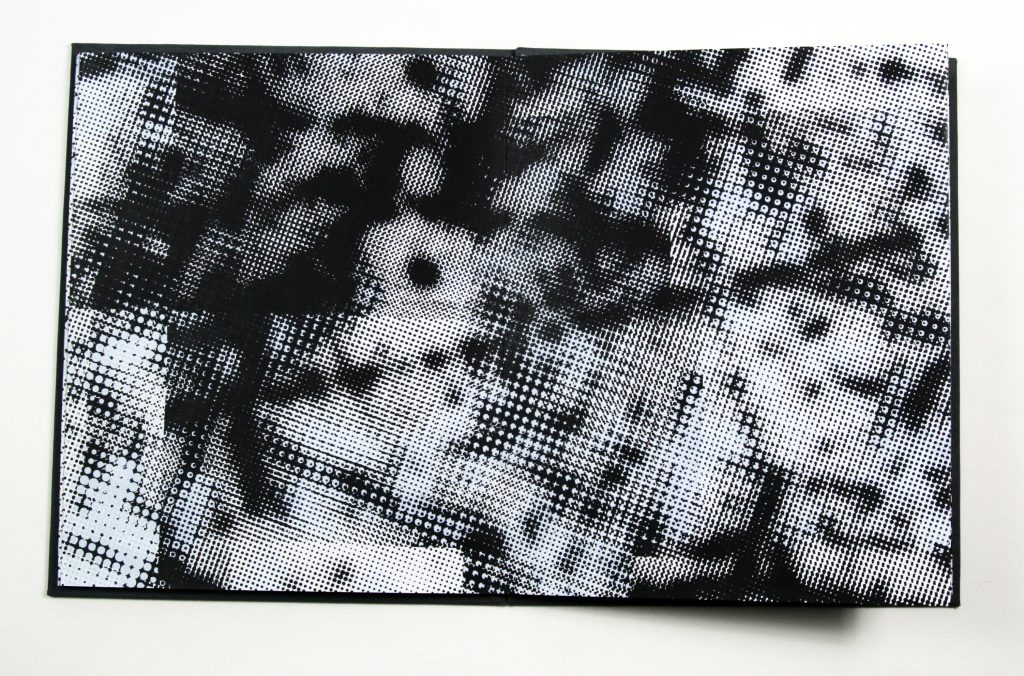
But let’s first clear the ground. Collaborations don’t always work. People may launch into a collaboration to pursue an ideal, of working with someone else; however once the process begins there may be a clashing of egos, a reluctance to compromise, or a train crash of irreconcilable ideas…but we are going to let these people to go off to do their own thing and circle back.
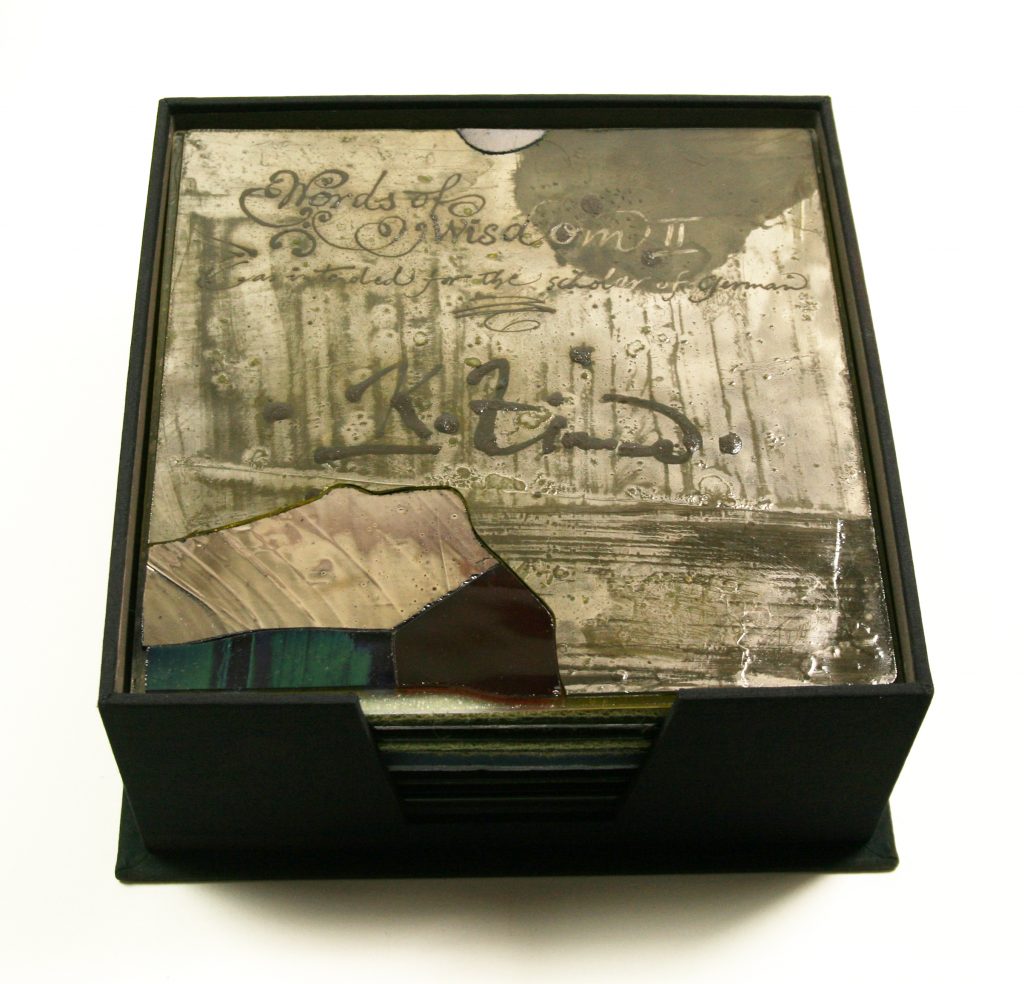
A collaboration means a pooling of resources and skills to achieve a single outcome. What are the skills necessary for the making of a single book? By working against the single signature you’re already admitting there’s something you can’t do. There may be a writer. That writer may be a poet, a novelist, a sociologist, even an apostle; they may be alive or dead. There may be an artist who could be a painter, a printmaker, a photographer, a jeweller, a glassmaker or a ceramicist. There may be a paper maker, a printer, a binder. There may also be a paper merchant, typographer, cloth maker, leather tanner and many other contributors. What benefit does this aggregation of skills bring beyond the obvious practical considerations?
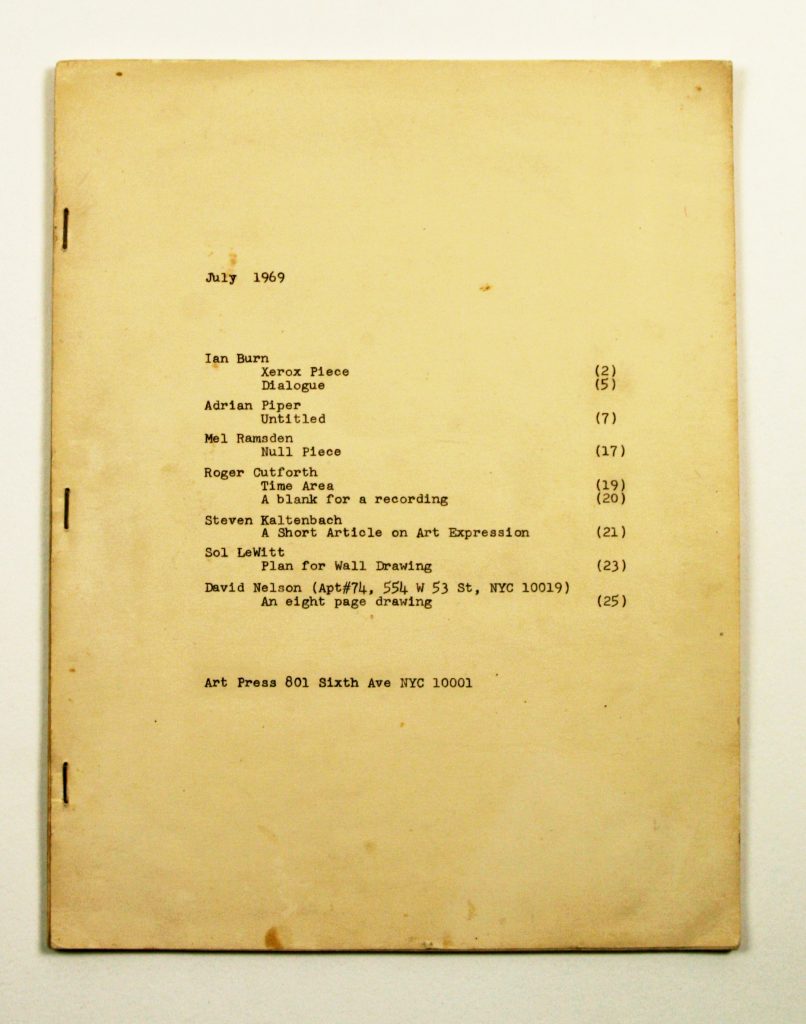
Each person has a zone in which their vision is comfortable. There is the possibility of that accustomed vision opening a wide angle view when two become one. One of the characteristics of being human is to doubt yourself; through discussion you get the courage to try things you wouldn’t ordinarily try. It’s easy to say no to things, but if you agree to a collaboration amazing things can happen.
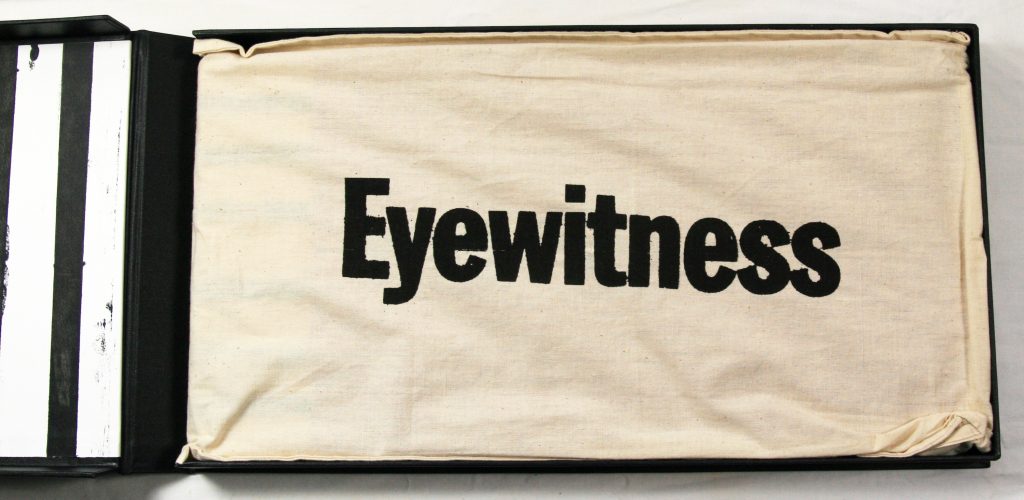
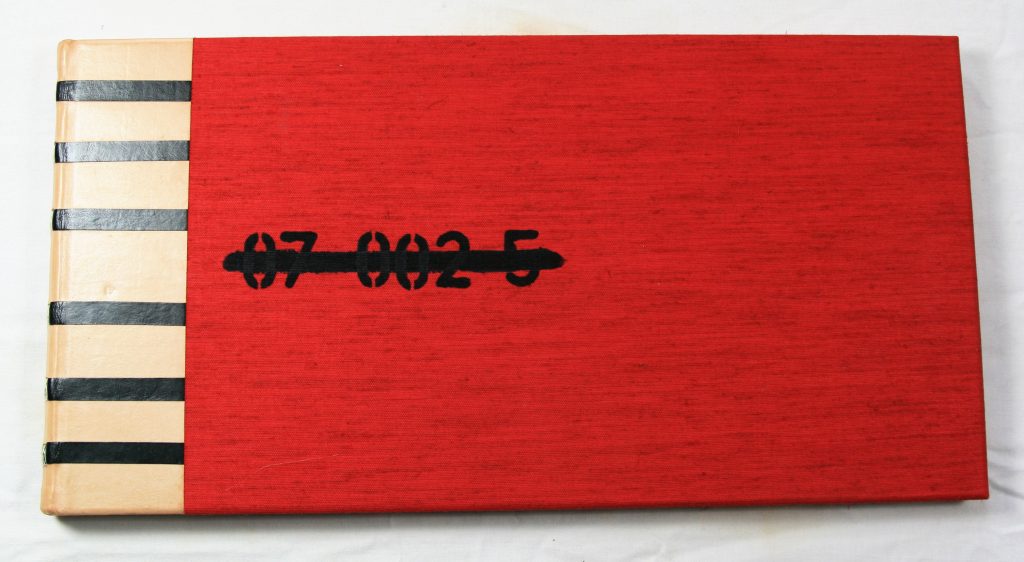
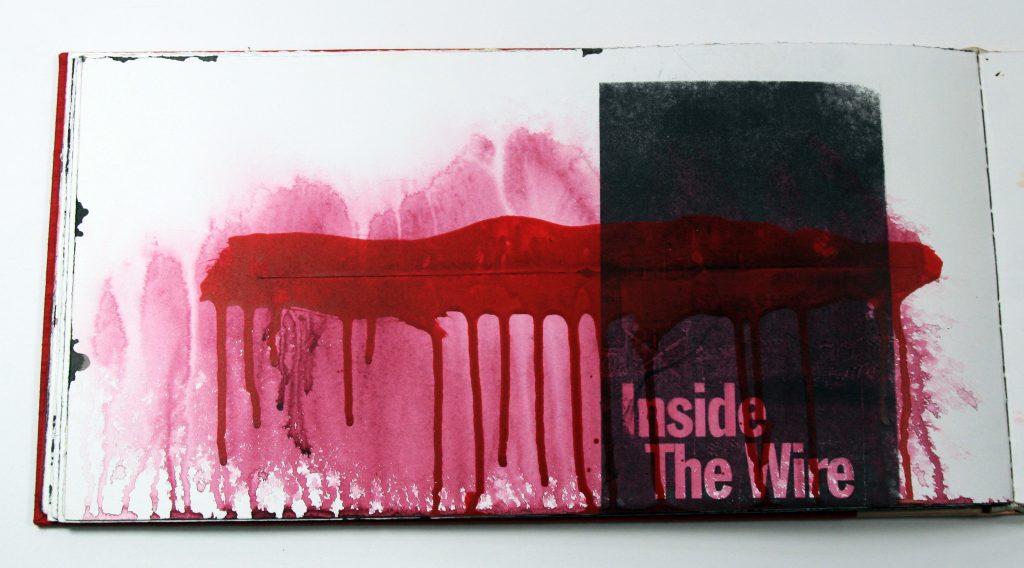
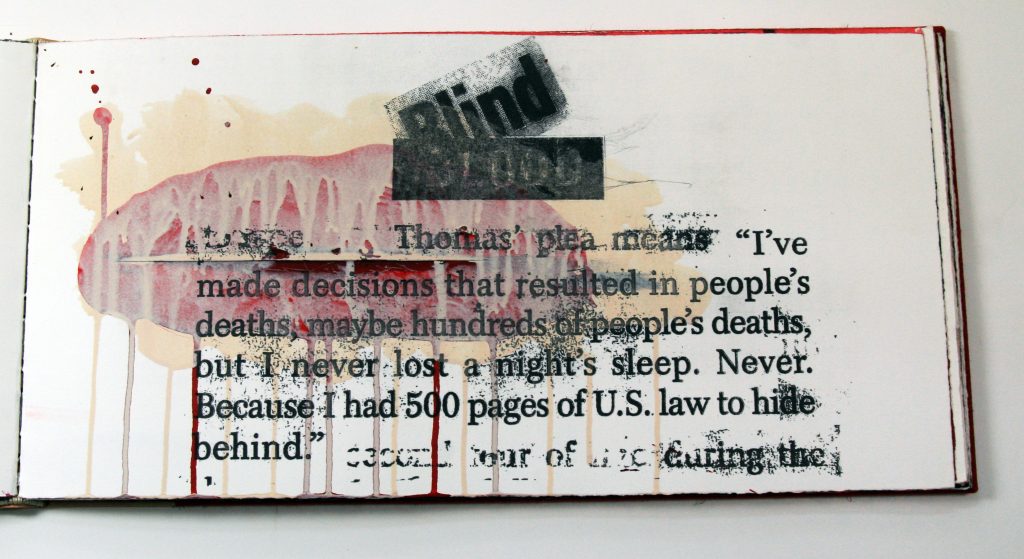
For example in Eyewitness when my friend Theo Strasser who is an abstract expressionist painter wanted to make a book, knowing that I make political statements though books. I thought ‘this is unlikely to work— a political manifesto with abstract expressionism’. And yet once we said yes to the collaboration, abstract expressionism found teeth and political diatribe found colour and between the covers of the book and on its pages these two apparently divergent worlds became one.
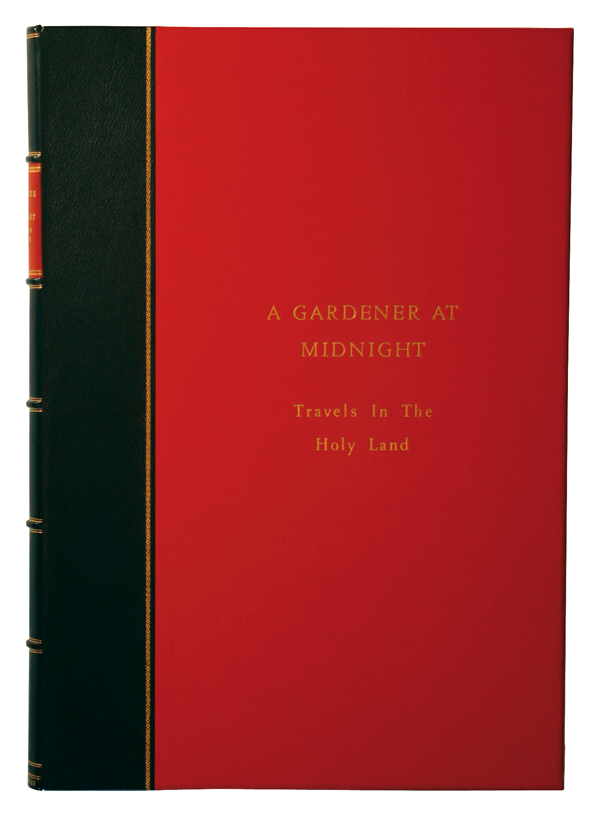
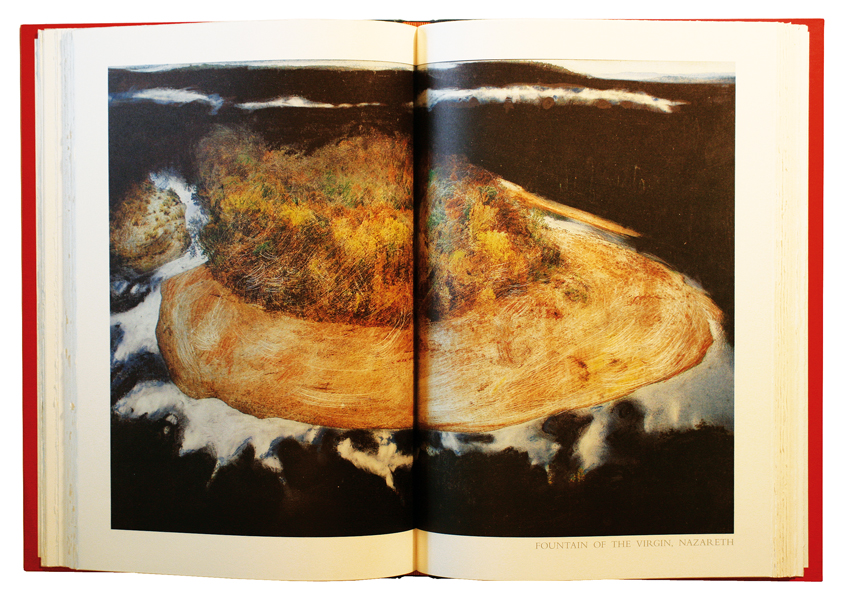
Similarly the binding that Nick Doslov and I designed for my book The Gardener at Midnight: Travels in the Holy Land imitates that of the binders of the 19th century for books of exploration, particularly in this case the three volume set of David Roberts 1842 The Holy Land. In its elephant folio size, with its binding sewn on tapes, and Morocco leather and cloth, it comes a harbinger of what is to come who you open the covers and enter into the book.
If a collaboration works well between writer and artist, meaning can telescope out, further than mere illustration of a text; the text will make the images go to places they haven’t intended and the images will make the text go to places it hasn’t imagined. All this is an the precondition, and understanding of the risk that the protagonists have agreed to go beyond mere illustration…
Peter Lyssioits, 2020
